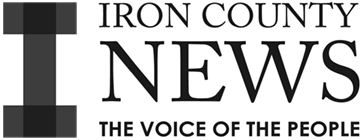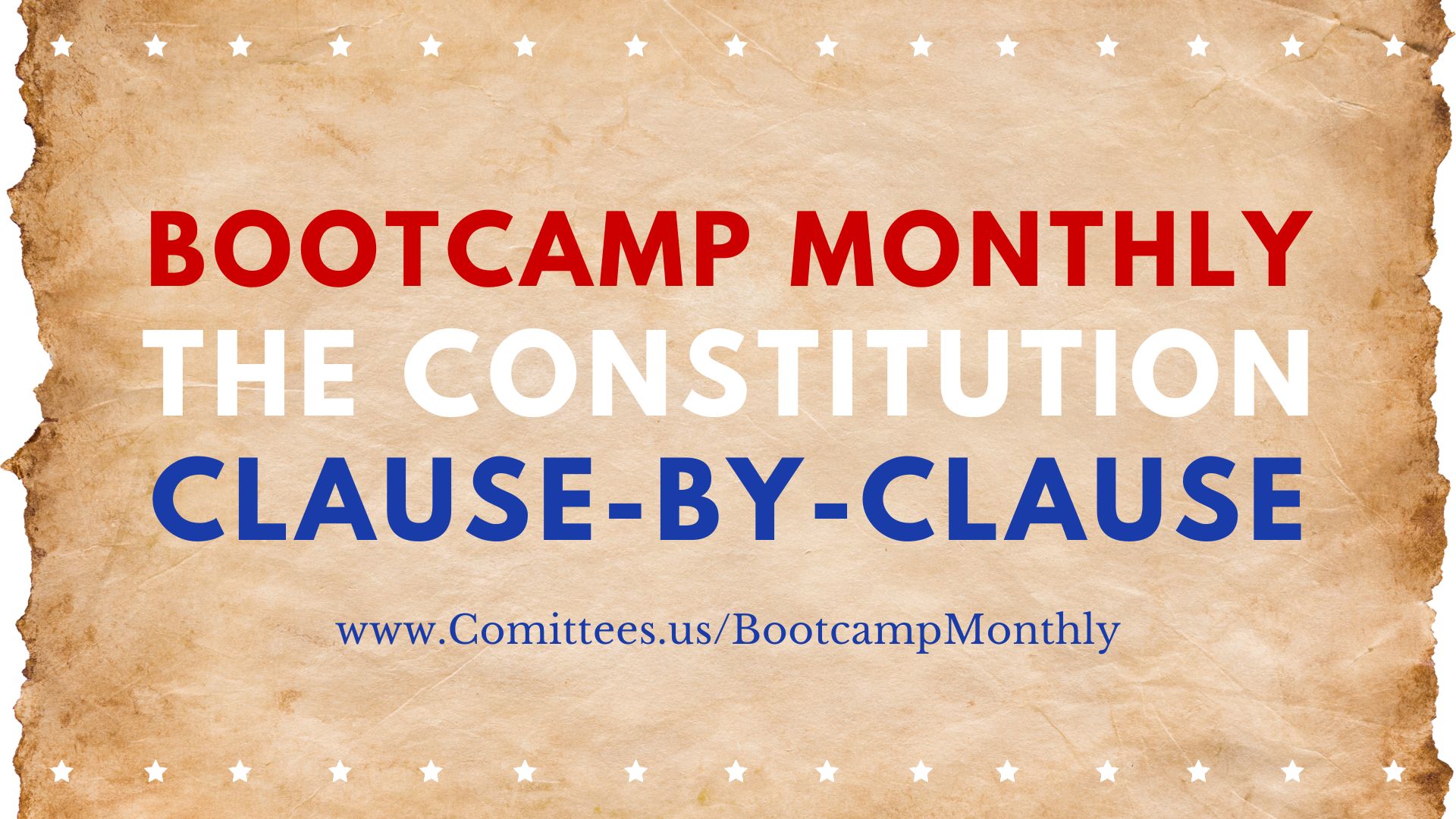Charlotte Thomson Iserbyt’s The Deliberate Dumbing Down of America: A Chronological Paper Trail is an extensive examination of the American education system, arguing that it has been intentionally restructured to limit intellectual growth and critical thinking. The book is organized chronologically, documenting various events, policies, and figures that Iserbyt believes have contributed to this decline. Below is a detailed chapter-by-chapter breakdown:
The Sowing of the Seeds: Late 18th and 19th Centuries
- Overview: This chapter explores the foundational shifts in American education during the late 1700s and 1800s.
- Key Points:
- Influence of Industrialization: As America industrialized, there was a growing demand for a workforce that was disciplined and compliant. Educational models began to reflect these societal needs.
- Early Educational Philosophies: The introduction of compulsory schooling laws and the influence of Prussian education models emphasized obedience and rote learning over independent thought.
The Turning of the Tides: Early 20th Century
- Overview: This chapter delves into the early 1900s, highlighting significant changes in educational philosophy and policy.
- Key Points:
- John Dewey’s Progressive Education: Dewey advocated for experiential learning, shifting focus from classical education to more pragmatic approaches. While aiming for democratic ideals, this shift also opened doors for less rigorous academic standards.
- Carnegie and Rockefeller Influence: Major foundations began funding educational initiatives, steering curricula towards producing a manageable workforce rather than fostering critical thinkers.
The Trojan Horse: Mid-20th Century
- Overview: Examines the infiltration of behaviorist psychology into education during the mid-1900s.
- Key Points:
- B.F. Skinner’s Behaviorism: The application of operant conditioning techniques in classrooms aimed to shape student behavior, prioritizing conformity over creativity.
- Shift from Academics to Socialization: Schools began emphasizing social adjustment and life skills over traditional academic subjects, diluting the quality of education.
The Strangling of the Schools: 1960s–1970s
- Overview: Focuses on federal interventions and policy changes that centralized control over education.
- Key Points:
- Elementary and Secondary Education Act (ESEA) of 1965: Introduced federal funding with attached conditions, increasing government influence over local schools.
- Introduction of Behavioral Objectives: Curricula began incorporating specific behavioral goals, often at the expense of academic excellence.
The Sick Sixties: Social Upheaval and Education
- Overview: Discusses how the social changes of the 1960s impacted educational content and priorities.
- Key Points:
- Values Clarification Programs: Schools implemented programs encouraging students to question traditional morals and values, leading to moral relativism.
- Sex Education and Psychological Conditioning: Curricula introduced topics that were previously considered the domain of parents, shifting authority from families to schools.
The Seventies: Further Centralization and International Influence
- Overview: Explores how international organizations began to play a role in shaping U.S. education policies.
- Key Points:
- UNESCO’s Global Education Agenda: The United Nations Educational, Scientific and Cultural Organization promoted educational frameworks that emphasized global citizenship over national identity.
- Competency-Based Education (CBE): Shifted focus from knowledge acquisition to skill demonstration, often reducing emphasis on critical thinking.
The Erosion Accelerates: 1980s
- Overview: Analyzes policies and reports from the 1980s that furthered the agenda of educational decline.
- Key Points:
- A Nation at Risk Report (1983): While highlighting deficiencies in education, the proposed solutions often led to more standardized testing and federal oversight.
- Adoption of Outcome-Based Education (OBE): Emphasized achieving specific outcomes, sometimes at the expense of intellectual exploration and depth.
The Nineties: School-to-Work and Lifelong Learning
- Overview: Details how education began aligning more closely with workforce needs, often sidelining broader educational goals.
- Key Points:
- School-to-Work Programs: Integrated vocational training into high school curricula, focusing on producing workers rather than well-rounded individuals.
- Lifelong Learning Initiatives: Promoted continuous education, but often tied to maintaining employability rather than personal enrichment.
The New Millennium: Technology and Data Collection
- Overview: Examines the role of technology in education and concerns about student data privacy.
- Key Points:
- Increased Use of Educational Technology: While offering new learning tools, it also facilitated data collection on students’ behaviors and performance.
- Data-Driven Decision Making: Schools began relying heavily on data analytics, potentially reducing students to mere statistics rather than individuals with unique potentials.
Resisting the Dumbing Down: Solutions and Recommendations
- Overview: Offers strategies for parents, educators, and concerned citizens to counteract the trends identified in the book.
- Key Points:
- Advocacy for Classical Education: Encourages a return to curricula that emphasize critical thinking, logic, and classical literature.
- Parental Involvement: Stresses the importance of parents actively participating in their children’s education and being vigilant about curricular content.
- Community-Based Education Initiatives: Promotes local control over schools and curricula to reflect community values and priorities.
Conclusion
Iserbyt’s The Deliberate Dumbing Down of America presents a meticulously documented narrative suggesting that the decline in educational standards and critical thinking skills in the United States is not accidental but rather the result of intentional policies and practices. By tracing the evolution of educational reform over decades, Iserbyt argues that a hidden agenda exists to transform public education into a tool for social engineering and control. Her work serves as a wake-up call for parents, educators, and concerned citizens to recognize the erosion of intellectual and moral foundations within the education system and to advocate for a return to classical, truth-centered learning.







